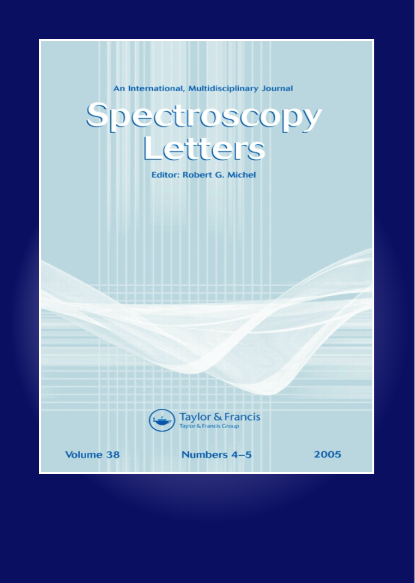从巴基斯坦卡拉奇渔港(阿拉伯海北部)的商业码头收集的东方沙丁鱼的金属含量,以及对消费者可能健康风险的评估
IF 1.6
4区 化学
Q3 SPECTROSCOPY
引用次数: 2
摘要
人类活动是沿海生态系统中重金属等化学污染物的主要来源,这些污染物可能通过食物网在水生生物中积累。海鱼体内的金属污染对人类健康构成严重威胁。本研究探讨食用沙参对人体金属积累的危害。对巴基斯坦卡拉奇渔港(北阿拉伯海)商业捕捞的条纹鲣鱼的肌肉、鳃和肝脏中的重金属含量进行了调查。以铁、锌、锰、铜、铅、镉、估计日摄入量、危害指数和风险指数评价人体健康风险。危害指数值<1,表明季风期、冬季和季前期相关金属的估计暴露量低于参考剂量。铁、锌、锰、铜、铅和镉对消费者的平均危害指数为1.20 × 10−2。东方蓟铅的平均危险指数为7.39 × 10−9。因此,这些金属没有超过世界卫生组织和美国环境保护署的毒理学参考标准。本文章由计算机程序翻译,如有差异,请以英文原文为准。
Metals levels in Sarda orientalis collected from the commercial landings of Karachi Fish Harbor, Pakistan (northern Arabian Sea) and assessment of likely health risks to the consumers
Abstract Anthropogenic activities are the major source of chemical pollutants including heavy metals in the coastal ecosystem which may accumulate in the aquatic organisms through the food web. Metal contamination in the marine fish pose serious threat to human health. This study deals with the human health risks of metal accumulation from Sarda orientalis consumption. The quantities of heavy metals were investigated in muscle, gills, and liver of striped bonito from the commercial landings of Karachi Fish Harbor, Pakistan (northern Arabian Sea). Risk for human health was evaluated by iron, zinc, manganese, copper, lead, cadmium, estimated daily intake, hazard index, and risk index. The hazard index value is <1, indicating that the estimated exposure is below reference dose for the relevant metals for monsoon, winter, and pre-monsoon. The mean hazard index for iron, zinc, manganese, copper, lead, and cadmium was 1.20 × 10−2 for consumers. The mean risk index of lead for S. orientalis was 7.39 × 10−9. As a result, the metals did not exceed the World Health Organization’s and the United States Environmental Protection Agency’s toxicological reference.
求助全文
通过发布文献求助,成功后即可免费获取论文全文。
去求助
来源期刊

Spectroscopy Letters
物理-光谱学
CiteScore
2.90
自引率
5.90%
发文量
50
审稿时长
1.3 months
期刊介绍:
Spectroscopy Letters provides vital coverage of all types of spectroscopy across all the disciplines where they are used—including novel work in fundamental spectroscopy, applications, diagnostics and instrumentation. The audience is intended to be all practicing spectroscopists across all scientific (and some engineering) disciplines, including: physics, chemistry, biology, instrumentation science, and pharmaceutical science.
 求助内容:
求助内容: 应助结果提醒方式:
应助结果提醒方式:


